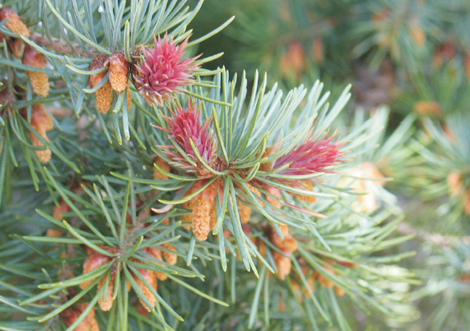Open Space Citizen Survey
In the Fall of 2011, the Open Space Department funded a scientific survey to gather public feedback on Jefferson County Open Space Parks. The survey covered usage characteristics of parks, trails and other facilities, community values with respect to open space, satisfaction with current facilities and the importance of various park features, views on park and trail management, and communication. This feedback and subsequent analysis was designed to assist Jefferson County Open Space in future planning and policy formulation efforts.
A total of 10,000 surveys were mailed to a random sample of Jefferson County residents in early October 2011, with 9,990 being delivered after subtracting undeliverable mail. The final sample size for this statistically valid survey was 1,345, resulting in a response rate of 13.5 percent giving a margin of error of approximately +/- 2.7 percentage points. A detailed summary of the survey is posted on the Open Space Website – the URL is: jeffco.us/parks/documents/2011-jeffco-open-space-citizen-survey/
 Respondents were almost equally divided female (52%) and male (48%). The random survey was targeted at residents 18 years and older. The age profile of responses is virtually identical to the County as a whole. The average age of respondents was 47 years. The average respondent had lived in Jefferson County for 19.6 years. About 24% of respondents had lived in the County less than five years.
Respondents were almost equally divided female (52%) and male (48%). The random survey was targeted at residents 18 years and older. The age profile of responses is virtually identical to the County as a whole. The average age of respondents was 47 years. The average respondent had lived in Jefferson County for 19.6 years. About 24% of respondents had lived in the County less than five years.
The questionnaire contained a question designed to determine “household status” or the makeup of the family unit. About 28% of respondents reported that they are single. About 72% are couples, with 34% reporting that they are couples with children at home. Open Space use by children was 90% on family outings, 50% with friends, 35% with school groups, and 19% with youth organizations.
The results suggest that about 83% of County residents visited the Open Space Parks at least once each year. The most visited parks, by 10-11% of the residents, are Crown Hill, Lair o’ the Bear and Deer Creek Canyon parks. The results are similar for children’s activities and use with Lair o’ the Bear 20%, Deer Creek Canyon Park 13%, Apex 13%, Mount Falcon 12%, and Elk Meadow 11%.
The typical uses of open space were hiking/walking (87%) and hiking/walking with dogs (46%), enjoying the scenery (59%), wildlife viewing (40%), picnicking (33%) and mountain biking (29%). Most frequent uses were hiking/walking (45%) and hiking/walking with dogs (23%) mountain biking (10%) and running (4%).
About 95% of the respondents to “What is the greatest value of Open Space?” supported “Assurance that open space will be there for future generations” and “Outdoor recreation in a natural setting close to home.” Close to home was most important with similar ratings for respondents in older (over 40 years) and younger age groups.
Respondents to a question on how Open Space funds should be spent: Acquisitions was most important with 68% priority, 22% for protection of the land, 15% for recreation, 13% scenic, 9% for land preservation, and 9% for trail corridors. Capital improvements priorities were: 11% for capital improvements, 6% renovation of historic structures, and 4% for regional (off park) trails. Support was equal for preservation vs. recreation.
Support was even for designating trails for single and multiple use trails 56-58%, with high opposition to single use parks or alternate day use.
Positive response to “Friendliness and manners of other visitors” was 68%. Higher positive response was shown by both trail runners (78%) and mountain bikers (73%).
Comments by responders filled 280 pages.


 “You will begin to think that I manufacture pines at my pleasure.” New species were, in those days, more abundant than botanists.
“You will begin to think that I manufacture pines at my pleasure.” New species were, in those days, more abundant than botanists.